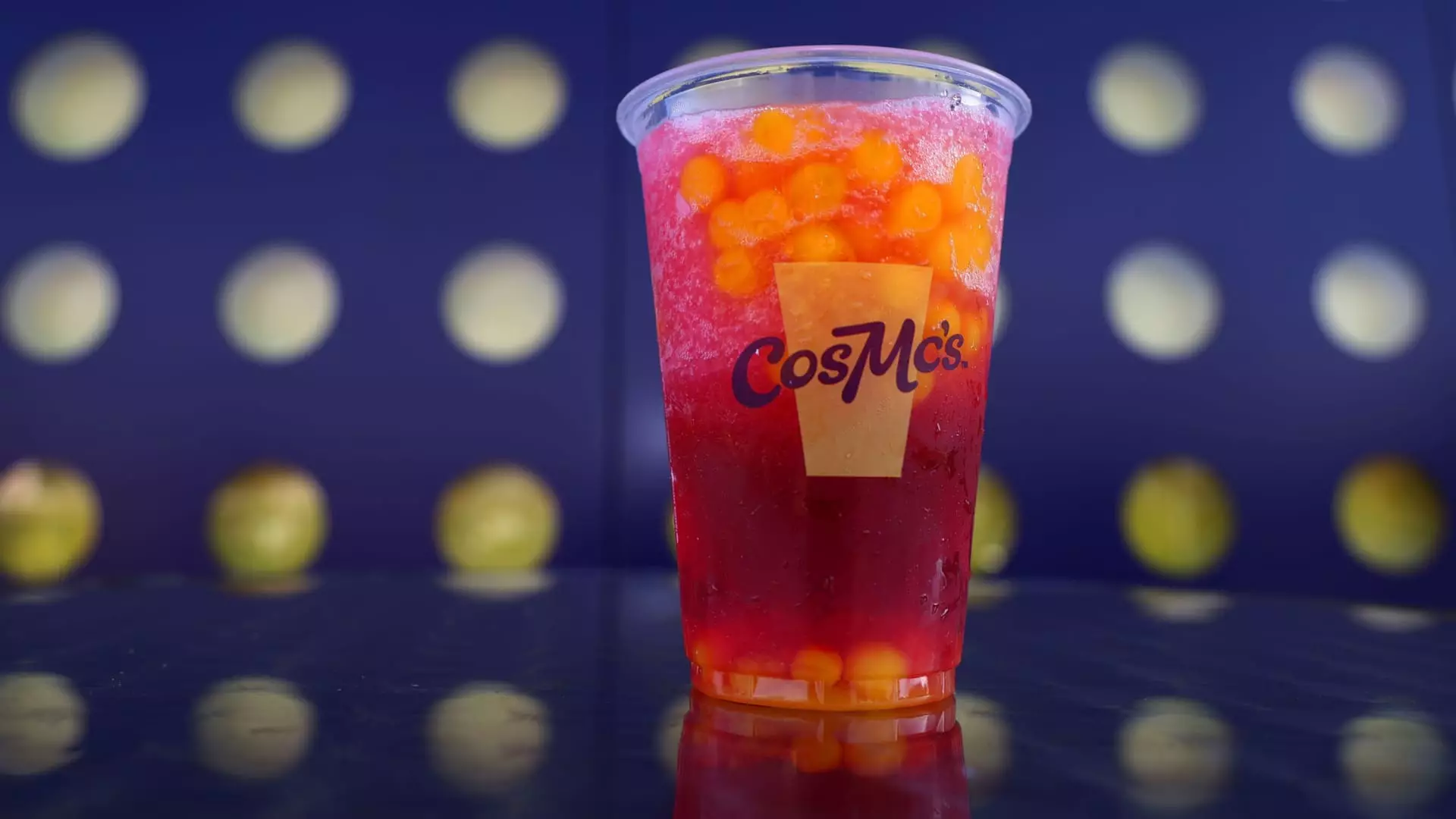Fast-food chains have launched into an unexpected arena—craft beverages. This pivot reflects not only a response to shifting consumer preferences but also a bid to secure loyalty from the notoriously elusive Gen Z demographic. By updating their offerings to include visually appealing libations with whimsical flavors, the industry hopes to attract younger customers who value novelty and variety. This trend is not merely an enhancement of menu options; it’s a fundamental shift in how fast food operates, where drinks are emerging as the centerpiece of marketing strategies rather than mere add-ons to meals.
A Flavorful Experimentation
Chains like Chick-fil-A and Taco Bell are stepping beyond their traditional food niches to innovate with vibrant drink choices. Chick-fil-A’s seasonal Pineapple Dragonfruit drink and Taco Bell’s Live Mas Café exemplify this trend. Both are catering to consumers’ desires for unique, Instagram-worthy beverages that can tantalize taste buds and generate social media buzz. While former leaders in beverage sales like Coca-Cola face declining consumption rates, these chains are capitalizing on the younger generation’s craving for high-energy, visually striking drinks, which can run the gamut from bubble tea to exotic, fruit-infused waters.
This willingness to innovate begs a question: Are traditional fast-food operators finally shedding their conservatism? Historically, these establishments have preferred familiar recipes. However, the reality of declining soda sales has ignited a rush toward diverse offerings that are sweeter and more colorful. Regional competition from coffee and beverage chains has spurred giants like McDonald’s to experiment with spinoffs like CosMc’s, focused primarily on unique drink concoctions rather than classic burgers and fries.
Gen Z: The Flavor Adventurers
The shift in focus towards beverage innovation is closely aligned with Gen Z’s palate, which seeks variety and adventure. Unlike previous generations, this cohort is not merely satisfied with carbonated beverages; they crave novel experiences. McDonald’s move to include fungi-derived ingredients and trendy bases like ube demonstrates the brand’s awareness of this new consumer inclination.
Research indicates that Gen Z, with its open-minded approach to food and drink, represents fertile ground for these experimental flavors. Taco Bell, aiming for a $5 billion beverage segment by 2030, understands that catering to this adventurous appetite could spell success. Collaborating with intriguing ingredients—like yuzu or butterfly pea—positions these chains as trendsetters willing to challenge conventional taste boundaries.
Bubble Tea and “Dirty Sodas”: Marketing Genius or Fad?
The explosive popularity of bubble tea and “dirty soda” concoctions, which involve integrating creamers and sweet syrups into traditional soda, has prompted fast-food chains to integrate similar elements into their beverages. Wendy’s, for example, now includes exotic textures in their drinks that evoke the beloved boba experience. This fall in line with a broader industry trend where drinks become not just beverages but experiences—a critical aspect for retaining the attention of a youth-focused demographic.
While discerning consumers are increasingly aware of the sugar content in these drinks, the attraction of a “little treat” remains undeniable. Young consumers see these drinks not only as a source of pleasure but also as an easy indulgence. Restaurants such as El Pollo Loco are adapting their strategies accordingly, focusing on enhancing their beverage innovations—a pivot that represents an opportunity for profitability.
The Profit Motive Behind Sip Strategies
For restaurant executives, the beverage sector is not just about ideas—it’s about revenue streams. Drinks tend to yield higher profit margins compared to food, a fact that leads operators to favor them in menu design. As Wendy’s noted in investor presentations, a significant portion of customers currently doesn’t order drinks with their meals, presenting a lucrative opportunity that leads companies to invest further in this segment. With comparatively lower preparation costs and extended shelf lives, beverages could fuel growth in what has traditionally been a highly competitive industry.
Taco Bell’s introduction of over 30 beverage options in its Live Mas Café further signifies the expanding scope that drinks now occupy on fast-food menus. This initiative has not only attracted a new customer base but also successfully integrated drink culture into the broader fast-food experience. With plans to expand this model across all locations and include stunningly vibrant offerings, they aim not only to engage customers but also to ensure repeat visits, driving their sales narratives toward higher peaks.
As the landscape continues to evolve, one cannot help but wonder whether these efforts will sustain themselves or fade with the trends. Regardless, fast-food chains are diligently working to enact a drink-first mentality, understanding that taste, creativity, and visual appeal could very well decide the future of their existence. In an age where traditional fast food seems outdated, the refreshing pivot towards inventive beverages is a bold statement that could redefine consumer engagement in the industry.


Leave a Reply